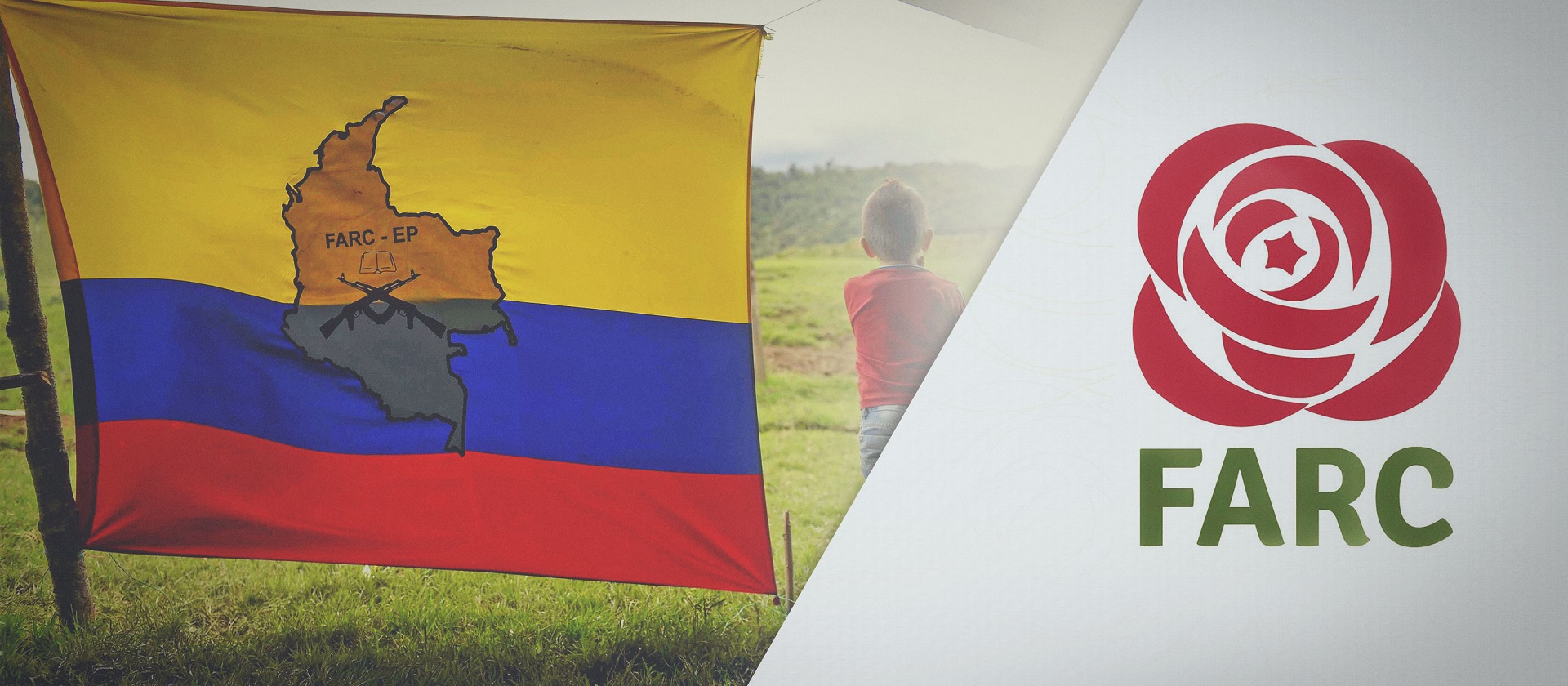Colombia says it sees an opening to end its infamous cocaine trade. The government is enticing farmers to change their crops from coca to cacao. Peace between the government and rebel group FARC makes this possible.
CGTN’s Michelle Begue reports.
It was Uriel Casallas’ trade for years. On his four hectares of land, he had seven workers and even a lab where a chemist made cocaine base.
But trying to leave the stress of his illegal trade behind, five years ago Casallas opted to slowly transition out his coca crops, replacing them with cacao, the plant behind chocolate.
“This requires money and dedication, because cacao is a plant that requires three years to mature before you can receive money,” he explained. “That is why people don’t want to change their plants.”
For years, armed groups like FARC and ELN funded their operations by taxing the cocaine trade in remote regions of Colombia. With the signing of the peace agreement last year, however, the government saw a chance to uproot the rebel controlled drug trade.
Officials hope that farmers will be enticed to substitute their coca crops by offering a monthly payment of about $325 for the first year that farmers give up coca and plant new crops like cacao. The first 50,000 families that take the offer will also receive subsidies and training to grow their new crops.
In the isolated town of Guerima, Casallas is among the farmers now receiving support to replace the rest of his coca hectares. But convincing everyone that this is a good investment for the future is difficult. Colombia’s Air Force is helping them export their cacao, but otherwise they see little hands on government help.
“There are some farmers that we have detected that continue planting coca along with their new projects thinking, ‘Just in case the government fails me, I have a plan B’,”according to Col. Jean Paul Strong.
Despite the challenges, Casallas is determined not to give up. He says that at his age he’s looking to leave a crop that his sons can proudly inherit.
“I want a future for my children and grandchildren, because this tree can last 30 to 40 years. Imagine a future of 35 years.”
 CGTN America
CGTN America
 A farmer cleans a coca crop in Cauca, Colombia, January 27, 2017. Picture taken January 27, 2017. (REUTERS/Jaime Saldarriaga)
A farmer cleans a coca crop in Cauca, Colombia, January 27, 2017. Picture taken January 27, 2017. (REUTERS/Jaime Saldarriaga)


